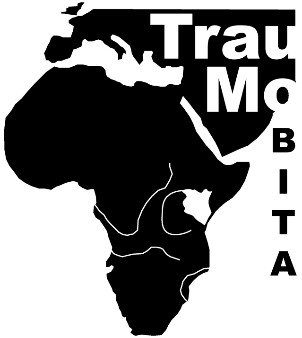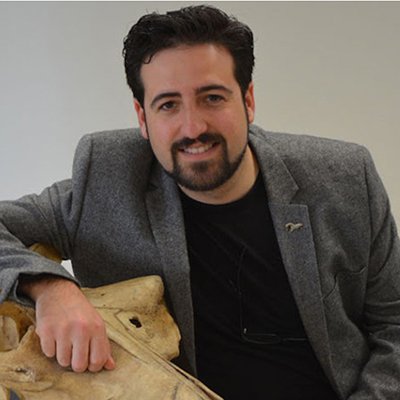
Traumobita
The role of traumatic mortality in late human evolution from an integrated non-invasive bioarchaeological and taphonomic perspective
Approximately 16 000 people die each day from traumatic injury in the world. Road traffic collisions, murder and suicide are the leading causes of traumatic death and injury. Was this always the case?
The EU-funded TRAUMOBITA project investigates how traumatic mortality among prehistoric humans shaped our behaviour during the Late Pleistocene to the Middle Holocene. Understanding how humans died is critical for specifying the role violence played in forming our individual and society behaviours. The project studies human fossils from Lake Turkana in northern Kenya. This is where a group of hunter-gatherers attacked one another some 10 000 years ago. The findings will enable the identification and characterisation of traumatic death and provide insights into human behavioural adaptations.
- 2021-2022


how we will do it
- 2020-2022


what will be our data
- 2021-2022
- 2020-2922


who funds our work
- 2020-2022


what have we done
- 2021-2022




